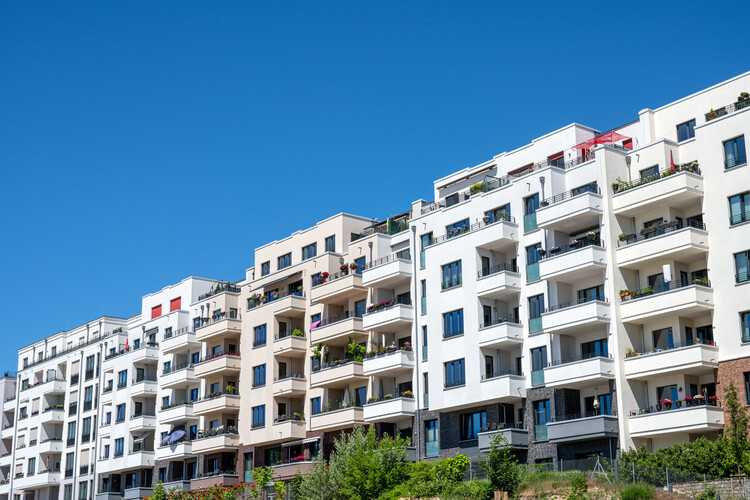The primary term high performing might bring different images to the back of your mind when you think about it. High-performing people might have some common attributes. Building anything performance be it a design or something else means going above and beyond the rest. Above all, they are consistent in the result and use their excellence to influence their own lives and those around them positively.
It focuses on quantifying the value and continuously improving it on all fronts. It has incredible benefits for the environment, economy, and occupant health. It helps create a healthy, affordable, sustainable built environment for communities.
If you are an engineering student, you ought to know the physical interpretation of gradient divergence and curl.
The benefits of high-performance design
Economic benefits:
There is a commonly held perception that high-performance buildings are costly and create a barrier to adapting high-performance benchmarks. But several studies show that the long-term financial benefits of these buildings outweigh the initial investment cost as they contribute to increase market value and lower operating and lifestyle expenses.
Better performance buildings also contribute to interactive savings through improved health and well-being.
Environmental Impact:
The designs which are very premium or high in performance, end up reducing the carbon emissions via the passive design and strategies related to energy efficiency for limiting water consumption and also minimizing waste generation, which ends up further decreasing the consumption of indirect energy.
The improved air quality offered by the high-performance building design has several benefits like it eliminates indoor pollutants and smells, recirculation of contaminated air, and maintaining outdoor ventilation. The result introduction in the carbon dioxide concentration improves the occupant’s productivity and cognitive function. Furthermore, improvements in thermal comfort reduce fatigue and symptoms of sick building syndrome.
Integrating the high-performance design in the design process.
The first step of getting started with the high-performance design project is defining a broad vision for what the building must serve. But designers should explore how the building can exceed the expectations by looking towards the future and not just the column situation and wishing the project can go beyond serving the functional requirements and becoming something extraordinary and relevant.
Hence creating the vision requires a comprehensive understanding of the microclimate and local ecology site. The studies must look at but should not be limited to the site conditions, including topography and hydrology with direction and speed climatic conditions, expected rainfall and potentially catastrophic weather. The designers should consider the needs of the site and the limited opportunities driving the design and narrative to brainstorm the strategies that work with the local conditions.
Design teams generally use the best possible digital tools to meet the high-performance targets in different applications, including energy stimulation and load circulation, and daylight and glare analysis. Custom workflows and new tools and technologies support the integrated and sustainable design process by holistically quantifying the matrices of the best performance design.
Conclusion
Design teams use digital tools to meet high-performance goals in many areas, such as energy simulation, load calculation, occupant comfort, daylight and glare analysis, cost optimization, water consumption, etc. Custom workflows and new tools and technologies help the integrated and sustainable design process by quantifying the metrics of high-performance design completely. People also look out for building design courses training with placement.




